Odds and Ends Mostly From July
A friend invited me over to check out a Hooded Oriole nest under the leaves of his fan palm tree. When I parked in his driveway, I saw that his Easter Lilly Cactus was blooming. The flower demanded that I take a picture of it.
From another angle, just a step to the side from where I shot the first photo, the background changed, isolating the image of the flower even more.
You may remember some photos I shared last month, taken along the Santa Cruz River where it flows north from Nogales through Tubac. At one point both a Summer Tanager and a Blue Grosbeak came down to drink water side-by-side. I would like to think that they planned this just for me, but good luck and timing often result in some wonderful images.
Summer Tanagers and Blue Grosbeaks are both summer visitors in Southern Arizona. The rich riparian area along the Santa Cruz offers so much to so many species, particularly during the extreme heat of our summers.
At one farm, alfalfa was in full bloom. When alfalfa is in bloom, the Alfalfa Butterflies appear. Alfalfa is a "host plant" for the caterpillar of this species. With the many acres of alfalfa fields, there were countless clouds of Orange Sulfurs, the proper name for these insects.
Alfalfa Butterflies come in a variety of yellow-ish colors, much like all of the butterflies in the 'sulfur' group. Their proper name (Orange Sulfur) comes from a splash of orange on the upper wing which is only visible during flight.
In May, before it became unbearably hot, I took a walking tour of the Los Morteros Conservation Area in Marana adjacent to the El Rio Preserve. The site is named for the many cylindrical holes, or mortars, found in the boulders in that location.
A closer look reveals the depth of many of the mortar holes that were used to grind beans and pods into flour by the Hohokam peoples.
I was at Agua Caliente Park (between errands) and made a quick stop to look for dragonflies. It was a windy day and I didn't really see much, but this Clark's Spiny Lizard was on the side of a palm tree. Desert Spiny Lizards tend to hang out on the ground while Clark's Spiny Lizards are more arboreal. Clark's Spiny Lizards have that nice blue wash to them during breeding season. The Desert Museum shares information about both of these species of lizard.
I recently shared some images of one Burrowing Owl family in farmland northwest of Tucson. Earlier this summer I took the following photo of the female adult of the group. You can see that both of her legs are banded. She was an owl rescued by the Phoenix area Raptor Rescue organization called Wild At Heart. I sent them a photo of this same owl last year and learned a bit about her history: "That Burrowing Owl (GR 86/AS) was live trapped to be relocated on 12/16/23 from near Smith Enke and White/Parker Roads in Maricopa. She is a female and was released on 1/20/24 near the Gila River, north of Gila Bend."
So some time after she was released, she flew the hundred miles south to Marana where she found a good family to become part of.
Wild At Heart does great work and occasionally needs volunteers for some of their southern Arizona work. If you are interested, check out their Burrowing Owl Project page. They have two projects coming up very soon in our area if you are interested. AZ Wildlife Resource has a sign-up for all fall events here. You can also view some videos of the work that WildAtHeart does.


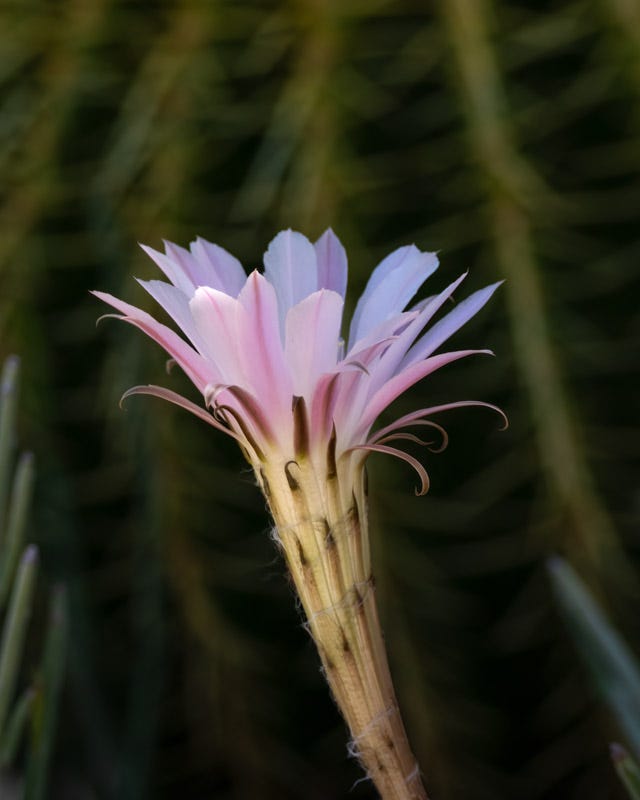
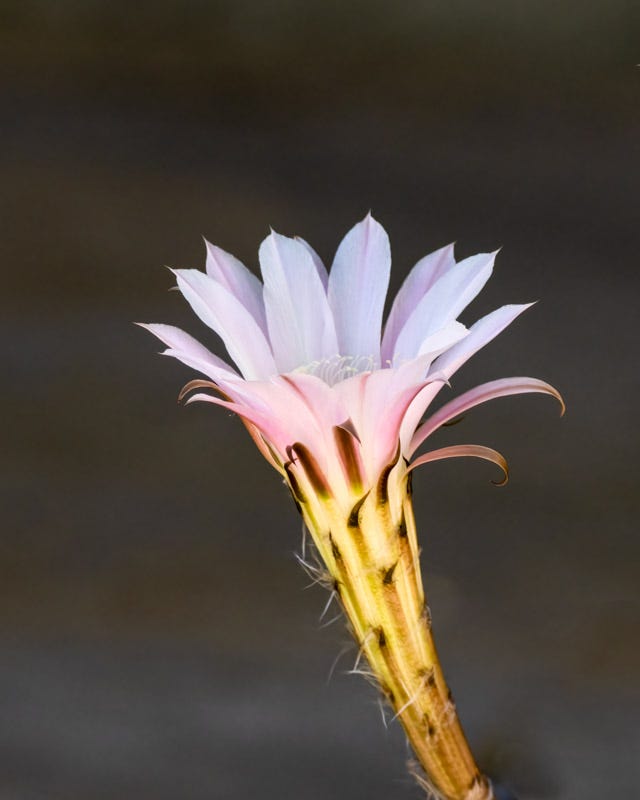
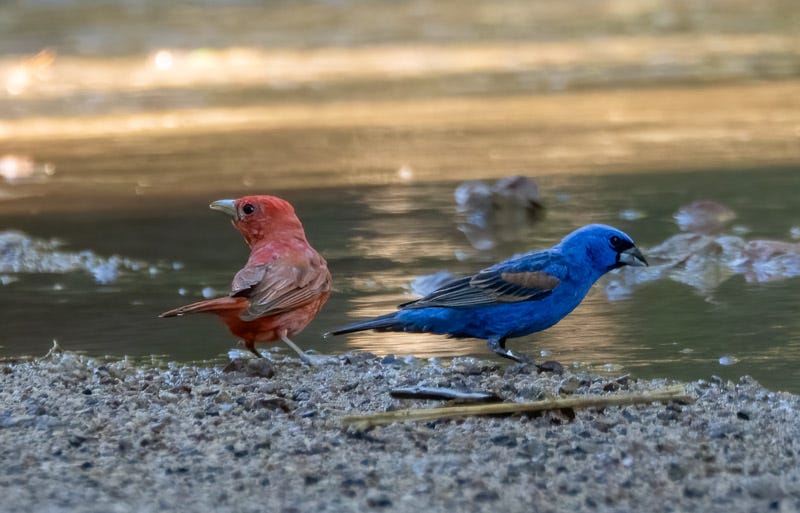

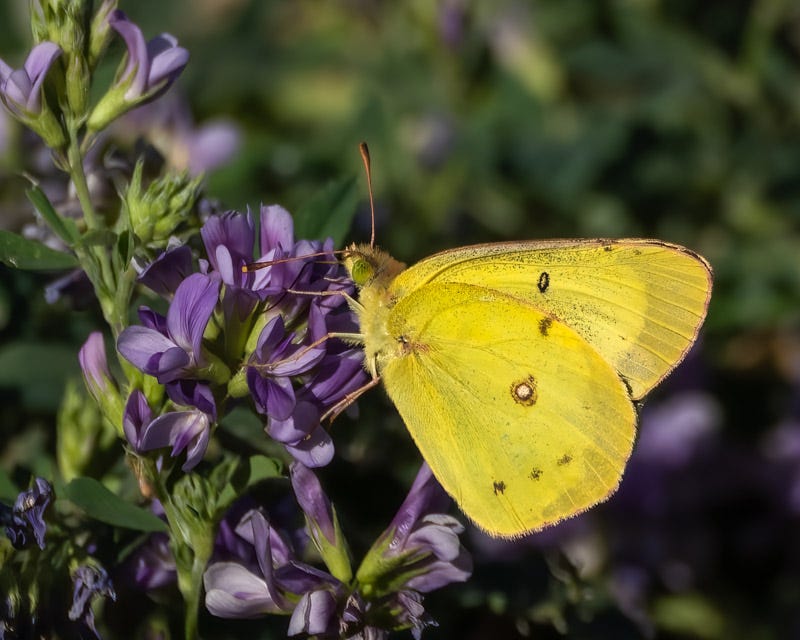
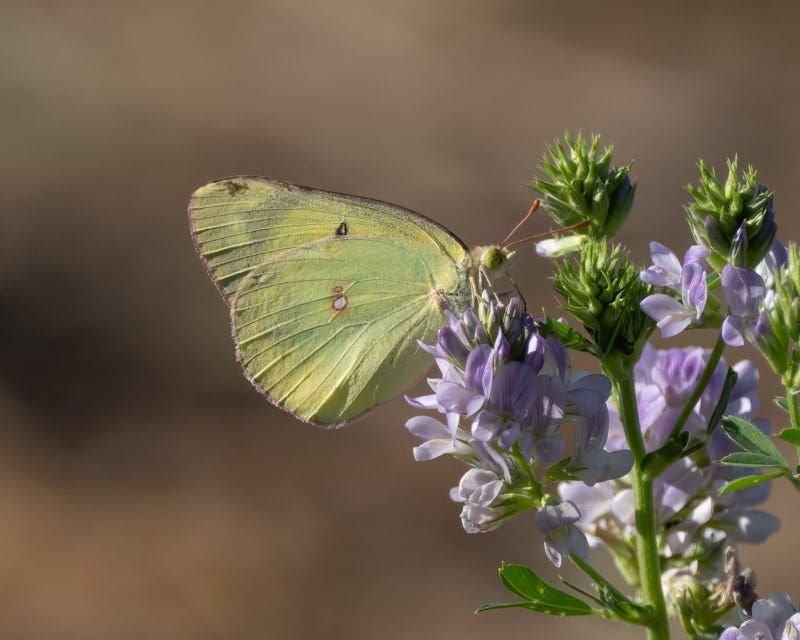


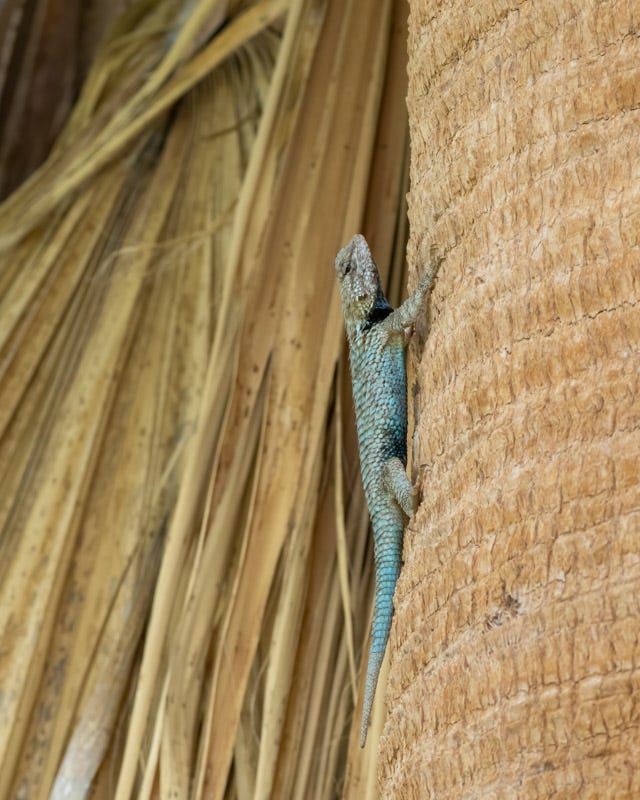
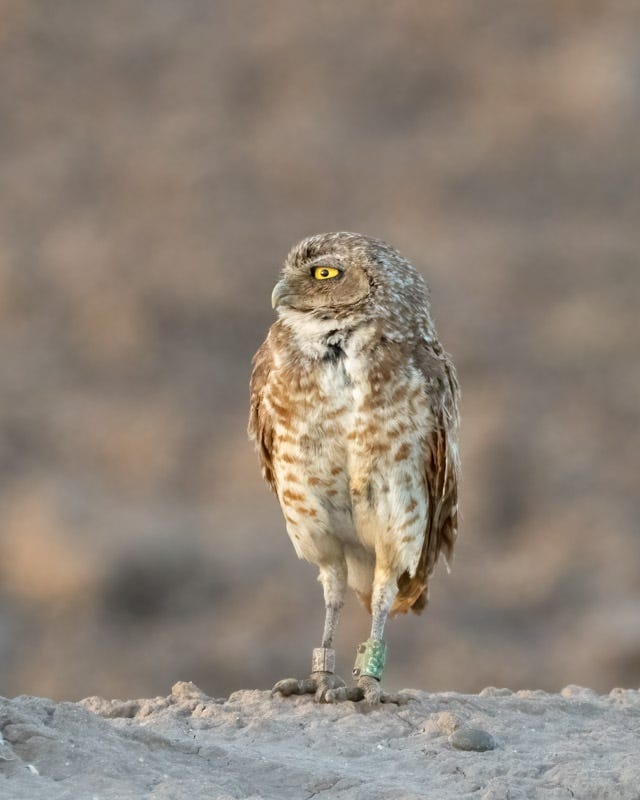
Love the odds and ends shots-a lot of variety
Love the Summer Tanager and Blue Grosbeak together.